Fringed Gentian (Gentianopsis crinita)
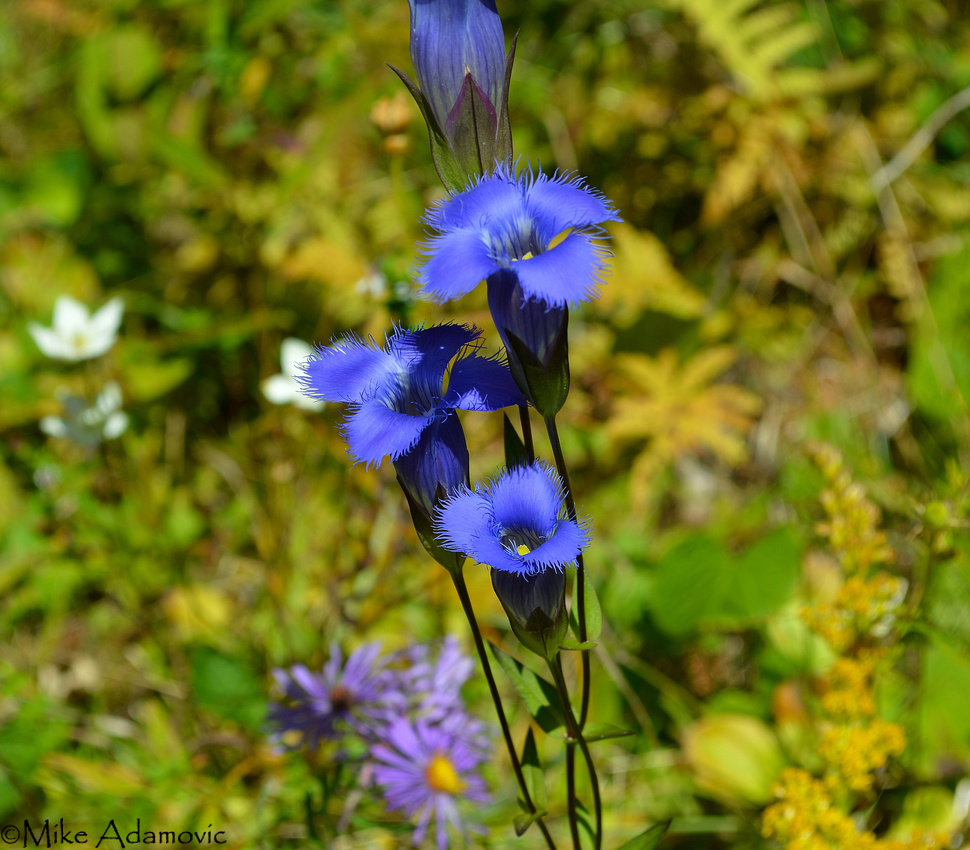

While the spring holds the distinction of hosting the largest bloom of wildflowers of any season, it’s in the early fall that one of the showiest and loveliest flowers of the year makes a vibrant and elegant appearance that puts other many well known species to shame. Fringed gentian, an ethereal blue to light amethyst flower, standing 2-3 feet tall, capable of producing up to 100 2-inch long flowers, typically blossoms from mid-September to mid-October. Its level of admiration and praise by poets and naturalists alike is uncanny.
William Cullen Bryant penned a stirring poem solely dedicated to this species which he described as “Blue—blue—as if the sky let fall/A flower from its cerulean wall.” “It is too remarkable a flower,” Thoreau once mused, “not to be sought out and admired each year, however rare.” The Catskills naturalist, John Burroughs, shared similar thoughts, believing it to be “the most beautiful of our fall flowers,” adding further, “it lures and holds every passing human eye.”
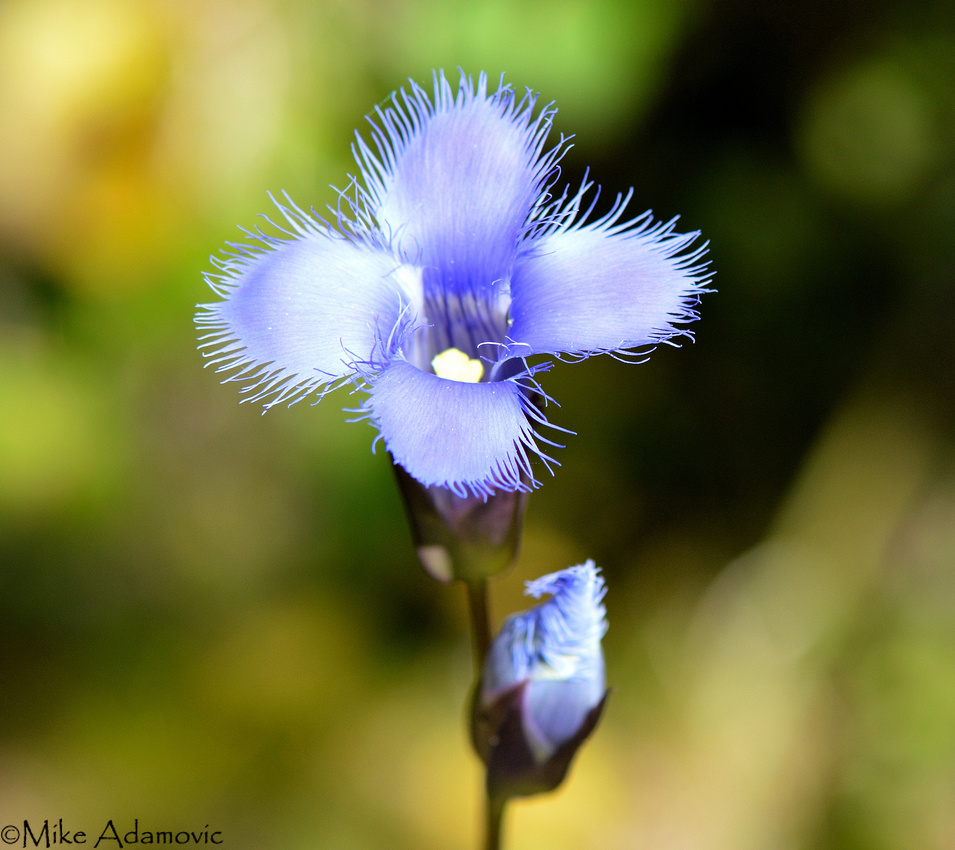

Growing from Canada to northern Georgia and west to North Dakota, this species has a wide range over eastern North America, with population densities the highest in the northeast, and lowest in the south. Despite this encompassing distribution, fringed gentian can be notoriously difficult to find, possessing a strict and narrow set of acceptable growing conditions. Preferring moderately damp environments, plants are often found rooted around fens, swamps, and other moist locales that are relatively open and offer abundant light. Moreover, these locations must be neutral to slightly alkaline in nature, usually being underpinned with limestone, serpentine, or rock rich in magnesium. Alkaline habitats are sparse within the plant’s natural range. Over the years wetland destruction has substantially dwindled the number of these previously uncommon refuges. Many states now have gentians listed as protected species due to their increasing rarity.
Plants are biennial, vegetating their first year as low basal rosettes, and the next finally sprouting vertically to produce the enticing azure blossoms that emulate the sky. A successful pollination will result in each flower producing hundreds of seeds. Once seeds have matured the plant will die off. Since individual gentians are short-lived, populations therefore may widely fluctuate on a yearly basis and are fully dependant on a strong seed base. With tempting blossoms readily picked and seeds frequently flushed out of their choice habitat by seasonal freshets, a result of their low lying dwelling, populations can be vigorously abundant one year and completely absent the next. Fringed gentian’s fussiness and fleeting nature can make locating a specimen a tricky challenge.
It’s definitely worth the time and effort to find these dazzling autumnal plants. Poking their graceful blossoms above the rapidly withering grasses and falling leaves, they’re the lively gems of the autumnal season that seem to ignore the impending cold and darkness, heroically running into battle with winter, while their compatriots have beat a hasty retreat until more favorable times appear.
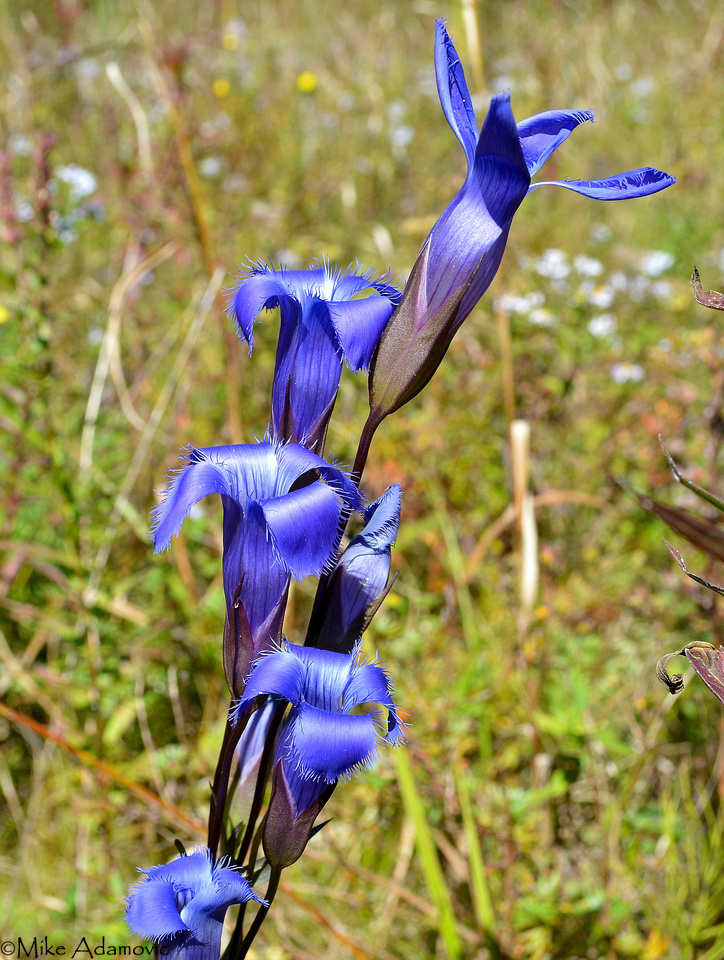

If you’re lucky enough to find a flower, hold onto some of the patience that’s gotten you this far. Unlike most other plants which are apt to display their flowers gaudily, fringed gentian is slow to reveal its secrets. It’s in no rush to vulgarly or conceitedly show its beauty, and does so in only the most refined manner. Flowers close each night and not until the day warms and brightens sufficiently will they slowly unfurl again. During damp and cloudy weather the flowers will remain tightly twisted shut, sometimes for the whole day, undoubtedly a mechanism to protect the precious nectar and pollen within.
I’ve often visited these sites on cool fall mornings and found the plants seamlessly sealed like oysters or clams, yet draped in a sparkling pearly dew, and was not disappointed with I saw. Nothing about this plant is mundane. The unopened buds and shut flowers still dazzle and impress like no other. And if you have time enough to wait for the day to advance, it’s well worthwhile to stay and witness these fragile plants open to reveal their four delicately fringed petals, each endowed with the texture and softness of silk. The elegant sophistication and superiority of these flowers, along with its regal hues, makes fringed gentian the undisputed ruler of the fall wildflowers—and perhaps of the entire year’s.
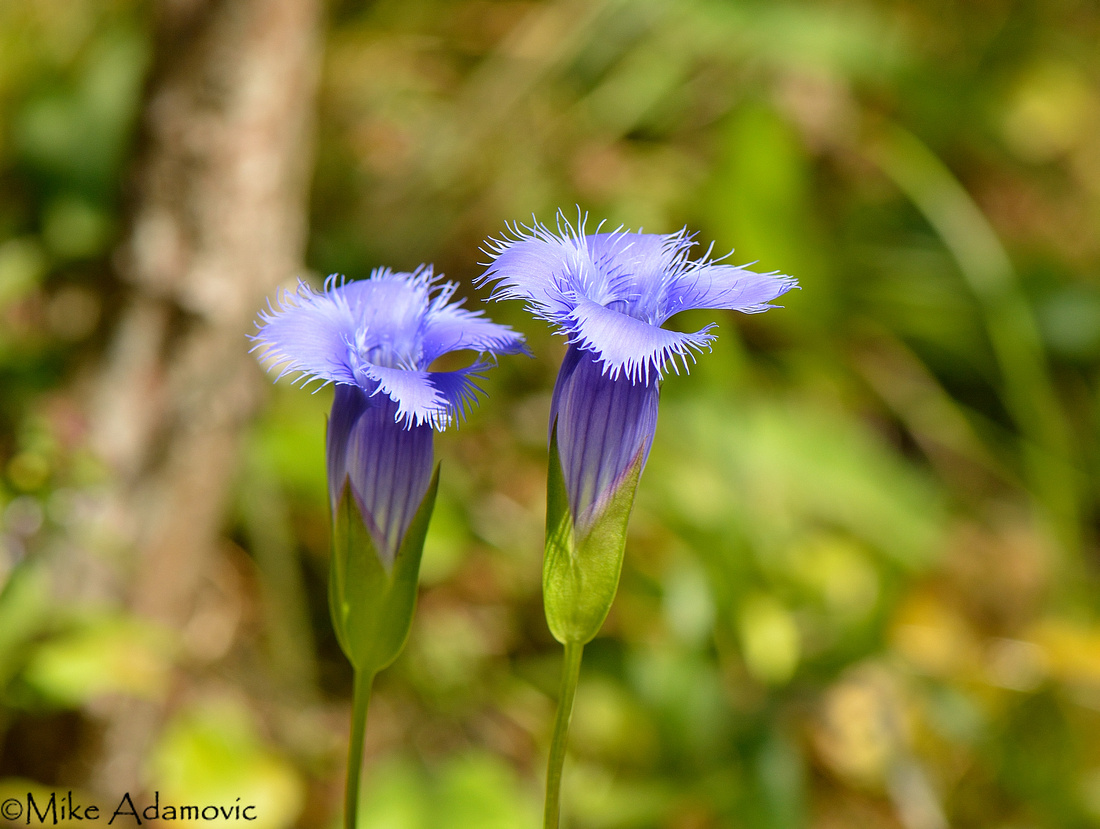

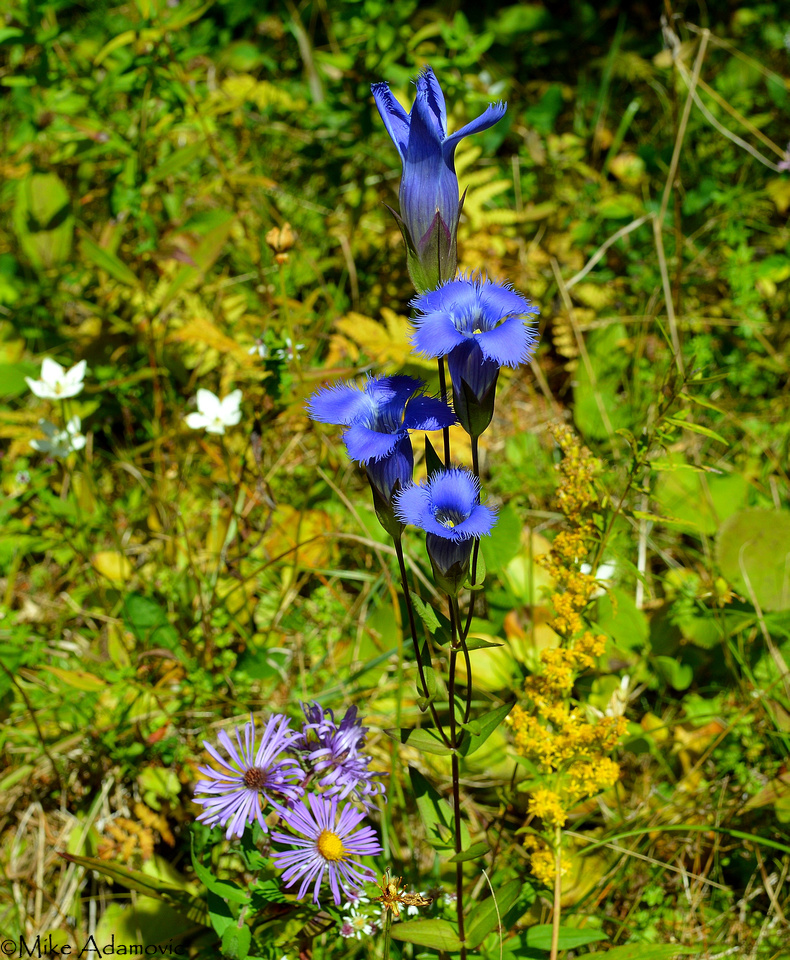

Comments
Jeff
http://www.printradiant.com | http://www.printlinkage.com | http://www.hitsticker.com | http://www.stickermac.com